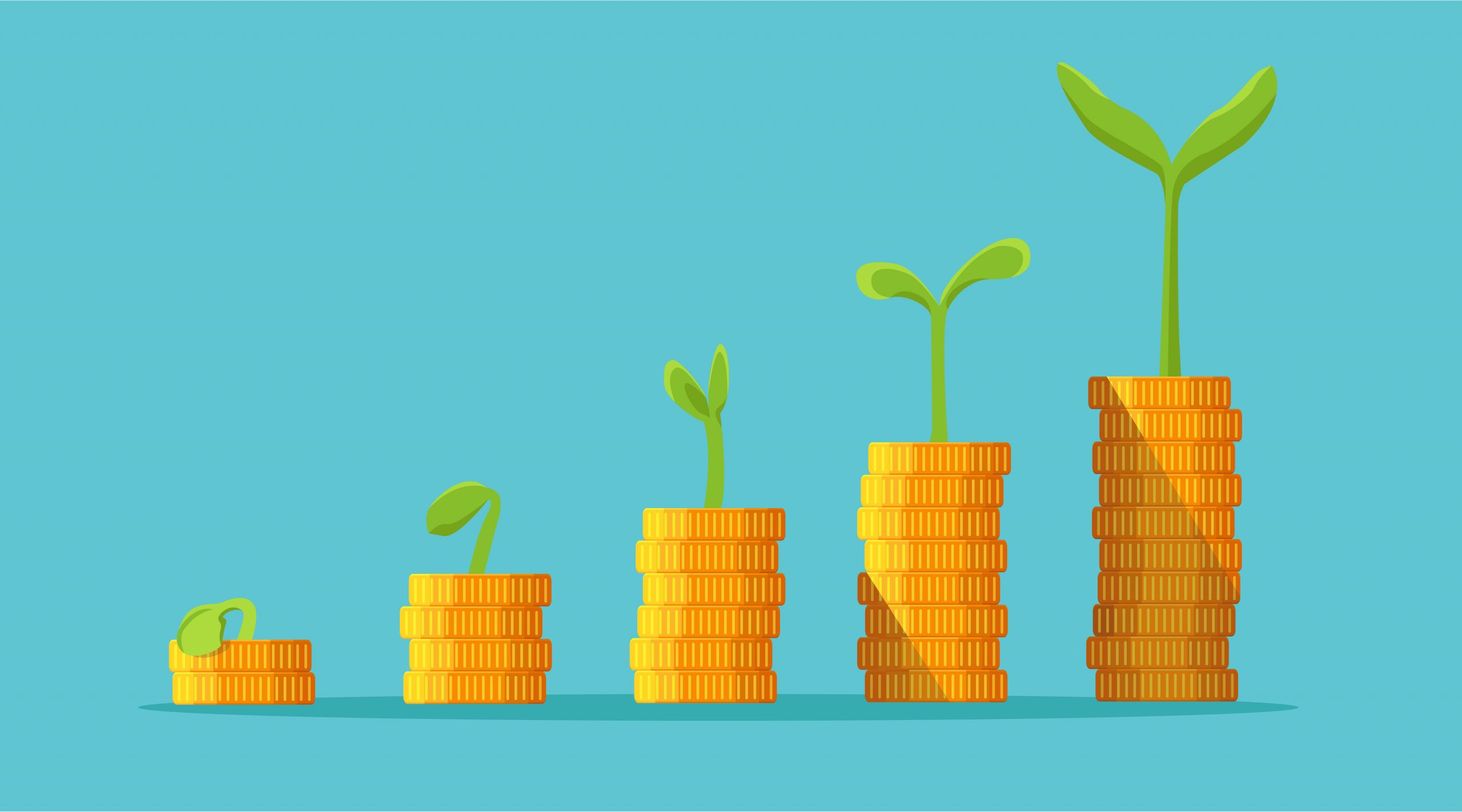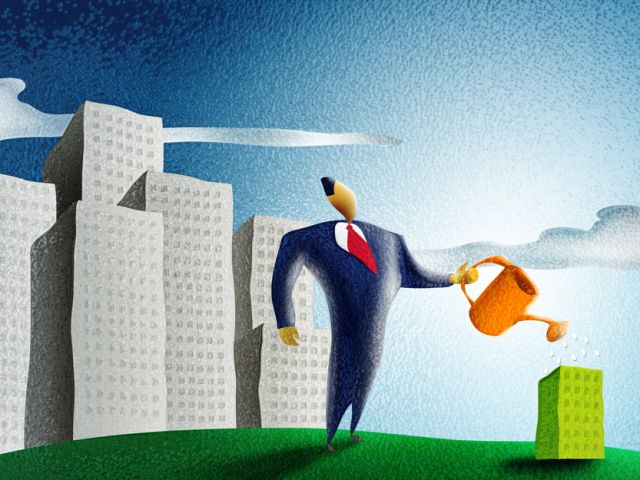Research: Sustainable investments are a safe bet – even in times of crisis

"Because more and more investments are being assigned to sustainable criterion with the argument ‘just because’, I think it’s interesting to explain this," explains Mads Stenbo Nielsen, Associate Professor at CBS about his analysis of sustainable investments. (Illustration: Shutterstock)
Sustainable investments have become a hot topic among investors, so Associate Professor from CBS Mads Stenbo Nielsen set out to answer one question: Are they worth it?
As part of the European Green Deal, in January 2020 the European Commission agreed to mobilize at least EUR 1 trillion in sustainable investments over the next decade. The aim? To support the green transition in the EU and become climate neutral by 2050.
According to Mads Stenbo Nielsen, Associate Professor at the Department of Finance at CBS and Portfolio Manager at BankInvest, sustainable investment plans like these have seen “tremendous growth”.
Presumably the wish to make sustainable investments is also linked to stable and good returns, but this connection was, for Mads Stenbo Nielsen, quite blurry, so he and two colleagues from BankInvest decided to explore the returns generated by sustainable investments.
“Because more and more investments are being assigned to sustainable criterion with the argument ‘just because’, I think it’s interesting to explain this. We want to invest sustainably, but without looking at the consequences of the return we receive. So does it have consequences and what are they?” asks Mads Stenbo Nielsen and continues:
“We are not the first to look into this, but previous research results have pointed in different directions based on different definitions of sustainability. We have chosen a broader definition with the aim of creating a bigger picture and consensus.”
Before looking into this, Mads Stenbo Nielsen and his co-authors had to define what makes an investment sustainable. In the world of finance, two criteria in particular are used; Environment, Social and Governance (ESG) and Sustainable Development Goal (SDG) score. If an investment scores high on both ESG and SDG, it is considered sustainable, as it largely meets the criteria of both indexes.
These two scores, and companies’ CO2 emissions, and some additional screening criteria have been the foundation of Mads Stenbo Nielsen’s analysis, in which he has compared investment returns with and without the demand for sustainability over time.
“Our analysis showed that, generally, you didn’t get a poorer average. In some cases, it was actually better, and most often it was more stable with lower standard deviation. Therefore, in terms of returns, there seems – at worst – to be no costs, and – at best – to be actual gains, when investing sustainably,” says Mads Stenbo Nielsen.
The conclusion is the same
The authors of the article, which was published in the Danish journal Finans/Invest this autumn, also wanted to investigate whether times of crisis would affect interest in investing sustainably.
Specifically, the authors examined the period from the end of 2007 until the end of April 2020 to see how sustainable investments were holding up.
“Especially during this period of time, the interest in sustainable investments increased. It wasn’t in much focus 20 years ago. Moreover, the financial markets were also very turbulent, like during the financial crisis, as well as the coronavirus crisis, which began in January,” explains Mads Stenbo Nielsen and continues:
“The conclusion is the same. It is in general a better strategy to invest sustainably also during times of crisis, and this wasn’t obvious to me, before we did the analysis. Also, it seems that more and more people are putting their money in sustainable investments – also during a crisis.”
For example, the authors write in their research paper that in the first quarter of 2020, there was an outflow across all types of investment funds worth USD 387.7 billion, but in the same period, the inflow to sustainable investment funds totaled USD 46.6 billion.
“This is a significant indication that investors, and others, seek out sustainable investments as a ‘safe haven’ in times of unstable and volatile market conditions, like the COVID-19 crisis,” the authors write in the research article.
High score
Mads Stenbo Nielsen is certain that demand for sustainable investments will only be going one way in coming years: up. However, at some point it will become normal, and what then?
“One of my co-authors did a naïve Google Trend analysis to find out how many Google searches had been carried out for ESG investments in recent years, and it turns out that it has simply exploded lately. Investors are clearly focusing on sustainability, but at a certain point it will find a natural level as more and more companies will get cleaned up and reach a decent level of sustainability. But right now, there’s huge potential for many companies to do better,” he says.
Mads Stenbo Nielsen will continue exploring sustainable investments, and in particular, he would like to study the three components that make up the ESG score, as well as investigating the kind of companies that have a lot of potential for improving their performance on the sustainability front.
“The top and bottom ESG scores show how good or bad you can be in terms of sustainability, but should investors keep an eye on the level of sustainability or the possible improvements? Maybe it’s better to invest in companies with the potential to improve a lot rather than ones that are already doing well? That would be interesting to look into,” he says.






































































































































Comments